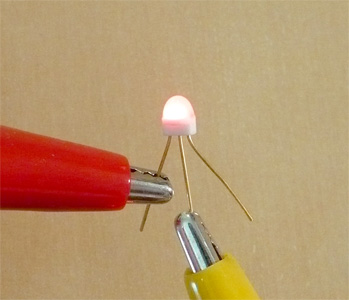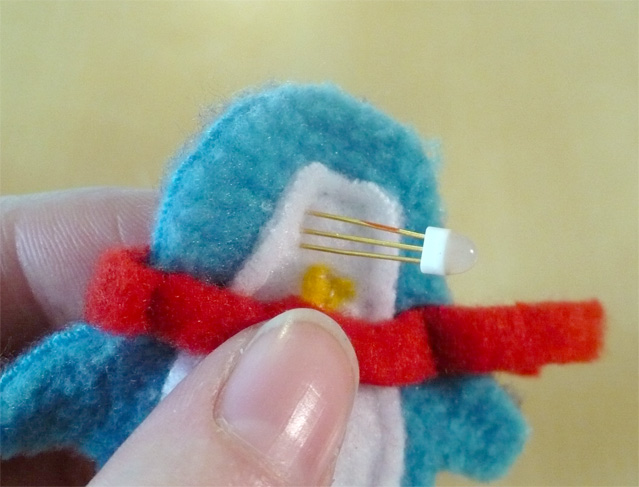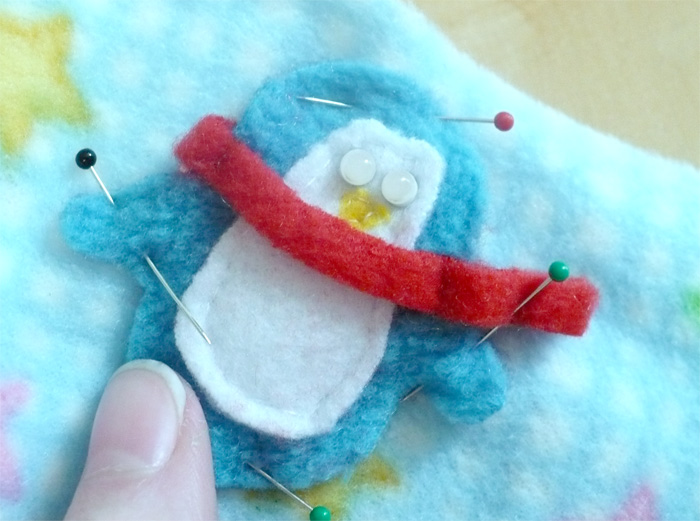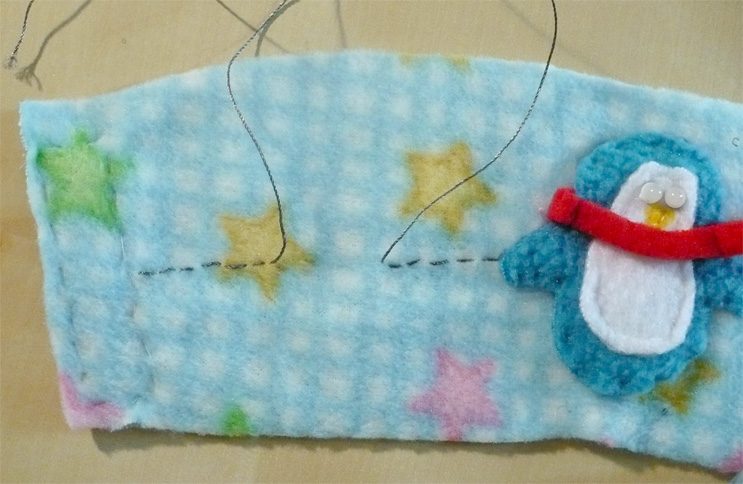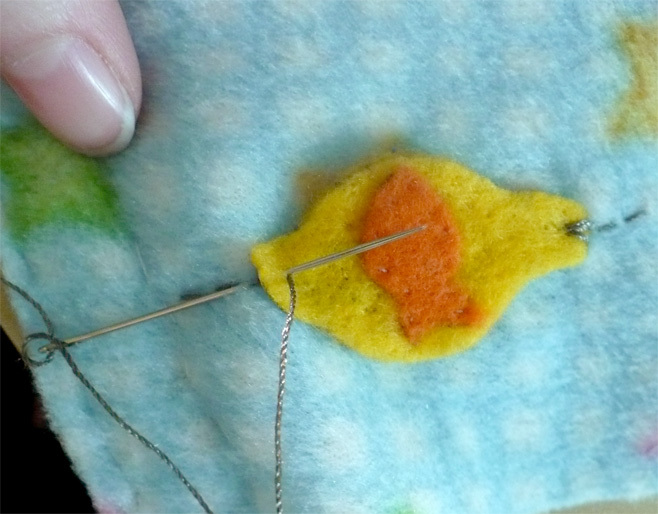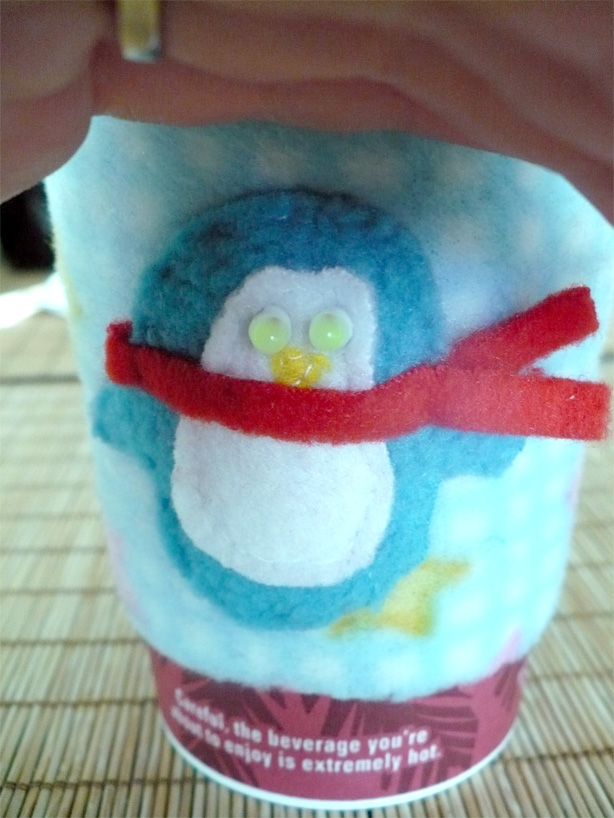The last couple of weekends have been surprisingly warm and sunny for April in New Hampshire, so I’ve been trying to spend as much time outside as possible. At first I thought this would directly compete with my goal to work on soft circuit projects, but there are a lot of things you can take outdoors and piece together while enjoying the weather. When I was working on REACTIVEfashion, we were lucky enough to have a studio with a big porch and spent a few afternoons bending LED leads to prep for sewing outside. We then moved indoors to do the programming and some soldering, hot gluing, and sewing machine-centeric parts of the projects.
Here’s a round-up of a few projects that can be made or used outdoors:
Image via Craftzine
This morning I met with a few friends to do a Brunch ‘n’ Sew, and iPhones were used as quick references for knitting charts. Why not skip the phone entirely and have your chart right in your bag? This is a great project to take with you when doing knitting on the go. I don’t knit, but seeing this project has really inspired me to try it out! [via Craftzine]
Image via Aniomagic
I love Aniomagic’s kits and components, they are easy to use and really fun (I used one of their learning sensors in my Temperature Sensing Coffee/Tea Sleeve Project). This project/kit would be great to take along on a picnic to make and use while hanging around outside. You can purchase the kit from their site or buy the materials separately. I like this because it really is ‘plug and play’: no programming/computers required, just sew and go!
Image via Kobakant
This project is more about wearing out and about than making outdoors. So many soft circuit projects are about lights and battery power, it’s nice to mix it up with this solar powered piece. I especially like the flapping feather demoed in this tutorial.



























